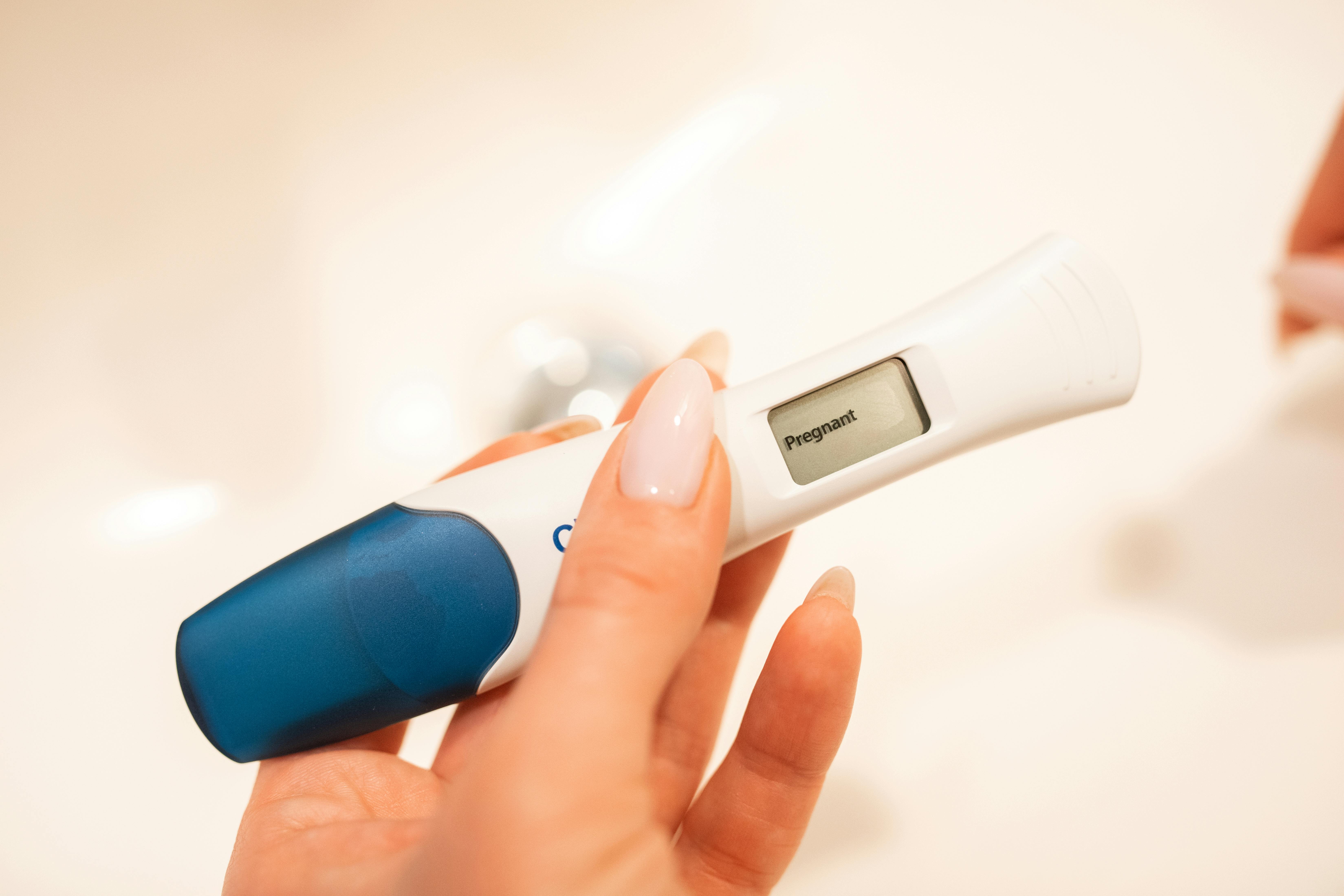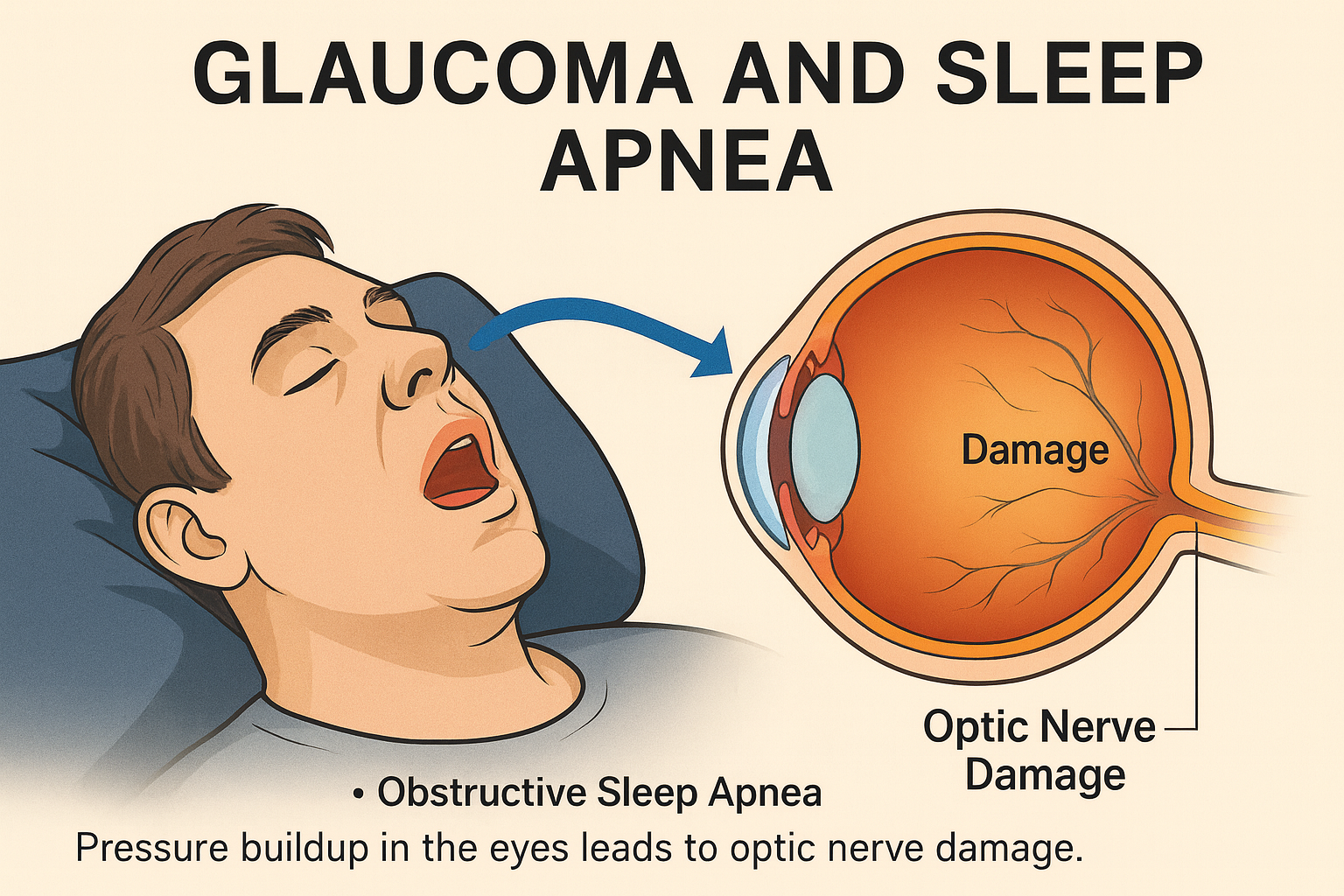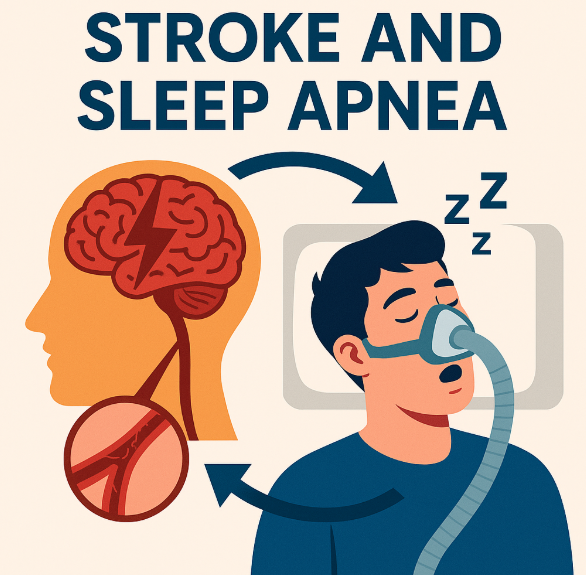Poor sleep in terms of both quality and length is associated with accelerated aging, most often recognized as the earlier onset of metabolic disease.
Metabolic disease is any disorder that affects the absorption and distribution of sugar, protein, and fat. Men and women diagnosed with type 2 diabetes—the most common metabolic disease—between the ages of 40-60 are 10x more likely to die sooner than those without diabetes. In Figure 1 below, the likelihood of getting diagnosed with metabolic disease is presented as a bell curve. Achieving 7-7.5 hours of sleep per night is optimal and results in the lowest incidence of metabolic disease. Getting less than 7 hours or more than 8 hours increases the rate of metabolic disease.

Aside from poor sleep quantity, poor sleep quality also correlates with a higher risk for metabolic disease. In Figure 2 below, a subject’s DunedinPACE score is graphed along with the same subject’s Pittsburgh Sleep Quality Index (PSQI) score. DunedinPACE uses genetic markers to determine a subject’s biological age (determined via a blood test) versus their chronological age. A DunedinPACE score of 1 means that the subject’s biological age is equivalent to their actual, chronological age. A score over 1 means that the subject’s biological age is higher than their actual age; in other words, they are aging faster than they should be. A score lower than one means the subject is biologically aging slower than their actual, chronological age. A PSQI score of 5 or lower means one is a high-quality sleeper; a score higher than 5 means one is a poor-quality sleeper.

In this study (Figure 2), good-quality sleepers (PSQI score of 0-5 in red) did not show an increased risk of metabolic disease. However, once the PSQI score went over 5, every 1-point increase in the Pittsburgh Sleep Quality Index (PSQI) increased the risk of metabolic disease by 16%. Poor sleep quality, indicated by a higher Pittsburgh Sleep Quality Index (PSQI) score, is associated with a higher DunedinPACE score. This suggests that poor sleep accelerates aging, thereby elevating the risk of metabolic disease. Every 1-point increase in PSQI correlates with a 16% rise in metabolic disease risk, emphasizing the connection between poor sleep, faster aging, and metabolic health.
So WHY does poor sleep duration and quality increase the risk of metabolic syndrome and metabolic disease?
Short sleep and low-quality sleep: getting less than 7 hours of sleep decreases insulin and increases cortisol
Insulin is released while you sleep to replace the energy storage (also referred to as glycogen) in muscle and brain cells so that you feel refreshed and ready to tackle a new day of activity without brain fog. Insulin release happens during late REM sleep stages (see Figure 3 in “How Sleep Affects Performance in Older Athletes”). REM sleep occurs in the last hours of sleep, so if your sleep is shortened (less than 7 hours), you will never reach the late REM stage. If you don’t get a proper amount of REM sleep, a proper amount of insulin will not be released overnight. This results in sugar remaining in your bloodstream instead of moving into your cells to top off storage units. Poor sleep quality (interrupted sleep) can also disrupt your sleep cycles and lead to lower amounts of later REM sleep.
Cortisol levels should decline while you sleep. Sleeping 7-8 hours minimizes the amount of cortisol in your bloodstream, while sleeping less than 7 hours per night can lead to higher cortisol levels which are correlated with the onset of metabolic disease.
Long sleep duration: getting more than 9 hours of sleep
The association of longer sleep duration (seen on the right side of Figure 1) with metabolic disease centers around the slowing of the body’s energy usage during sleep. Generally, people use 15% less energy while sleeping than while awake. Hypersomnia, or the need to sleep more than 9 hours a night, can result from sleep disorders such as sleep apnea or narcolepsy, certain medications, and/or thyroid malfunctions. Sleeping more than 9 hours a night has been found to increase appetite while also decreasing the amount of calories burned during a 24-hour day. This pattern can result in weight gain around the waist, leading to metabolic disease. Chronic Inflammation also correlates with long sleep time; chronic inflammation is an additional risk associated with metabolic disease.
This last section will shift focus away from sleep and provide more information about the definition of Metabolic Syndrome and the “how and why” around the onset of type 2 diabetes. Even though type 2 diabetes is the most common metabolic disease, its onset is not well understood by most patients. The National Institute of Health defines Metabolic Syndrome as having three or more of the following conditions that may lead to or be a cause of metabolic disease:
- Having a large waist (over 35 inches – 89cm - for women, over 40 inches- 102cm- for men). Excess visceral fat (stored in the abdominal section) secretes proteins that increase blood pressure and cause inflammation of surrounding organs such as the liver.
- High triglyceride levels (over 150 mg/dL). Triglycerides are a type of fat which are naturally found in some cooking oils, meat, and dairy. Triglycerides are also made in the liver as a response to overeating sugars and starches.
- Reduced high-density lipoprotein (HDL) cholesterol (also known as “good cholesterol”) in the bloodstream. Low HDL is defined as less than 40 mg/dL in men and less than 50 mg/dL in women. HDL is responsible for clearing the bad, low-density lipoprotein (LDL) from the bloodstream. Proteins that carry LDL get stuck in arteries and cause blockages.
- High Blood pressure is defined as measuring over 130/85 mmHg.
- Elevated blood sugar after sleep and fasting is defined as over 100 mg/dL.
Those with metabolic syndrome are at greater risk of dying due to stroke, heart disease, and type 2 diabetes. A diagnosis of metabolic disease usually means that the affected person has insulin resistance. Insulin is secreted by the pancreas when carbohydrates like sugars and starches are eaten. Insulin is necessary for your cells to use the sugar you eat for energy. Insulin resistance is the inability of your cells, such as brain or muscle cells, to pull blood sugar into the cell. This inability to move sugar into your cells causes a decrease in available energy and, in extreme cases, can have dire consequences such as a diabetic coma and death.
Insulin resistance is quite complicated and can include multiple causes such as diet, chronic inflammation, and genetic abnormalities. The following explanation focuses on the most common, and reversible, reason that people develop insulin resistance. Most people who have insulin resistance develop it from eating too much sugar. Figure 3 explains how overeating sugar develops into pre-diabetes and then into diabetes (insulin resistance). Simplifying, the entry of sugar into a cell involves two chemicals: insulin and an insulin blocker. For insulin to move sugar into a cell, there has to be more insulin available than there are insulin blockers. Think of this relationship as a seesaw where the heaviest or most available chemical controls the flow of sugar into a cell (see Figure 3 “healthy”). Insulin blockers increase inside when the sugar stores are full. If you continue to eat more sugar or starch when your sugar stores are already full, it will result in the beginnings of insulin resistance. A person is medically diagnosed as being pre-diabetic when blood sugar is on the high end of normal after fasting (Figure 3 “pre-diabetic”). Over time, the insulin blockers become more prevalent (represented as “heavier” on the seesaw) than the insulin. When this happens, sugar stops entering the cells even after you’ve used up the available sugar stores (Figure 3 “diabetic”).

Metabolic disease, including diabetes, can in part be prevented by high-quality sleep of 7-8 hours a night. Living a longer, healthier, higher quality of life is a great reason to focus on fixing your sleep!
References
Che, T., Yan, C., Tian, D., Zhang, X., Liu, X., & Wu, Z. (2021, November 19). The Association Between Sleep and Metabolic Syndrome: A Systematic Review and Meta-Analysis. Frontiers in Endocrinology, 12(773646).
Fabia M. Stich, S. H. (2022, July 27). The Potential Role of Sleep in Promoting a Healthy Body Composition: Underlying Mechanisms Determining Muscle, Fat, and Bone Mass and Their Association with Sleep. Neuroendocrinology, 112, 673-701.
Health Topics: What is Metabolic Syndrome? (2022, May 18). Retrieved from NIH National Lung, Heart, and Blood Institute: https://www.nhlbi.nih.gov/health/metabolic-syndrome#:~:text=Metabolic%20syndrome%20is%20a%20group%20of%20conditions,syndrome%20is%20also%20called%20insulin%20resistance%20syndrome.
Le, H.-S., Kim, B., & Park, T. (2024). The association between sleep quality and accelerated epigenetic aging with metabolic syndrome in Korean adults. Clinical Epigenetics, 16(92).
Smiley, A., King, D., & Bidulescu, A. (2019, October 26). The Association between Sleep Duration and Metabolic Syndrome: The NHANES 2013/2014. Nutrients, 11(2582).
Suni, E., & Singh, A. (2023, November 13). Long Sleepers. Retrieved from Sleep Foundation: https://www.sleepfoundation.org/how-sleep-works/long-sleeper
Yaribeygi, H., Farrokhi, F. R., Butler, A. E., & Sahebkar, A. (2018, September 19). Insulin resistance: Review of the underlying molecular mechanisms. Journal of Cellular Physiology, 1-10.























































































%20thumbnail.jpg)
.png)